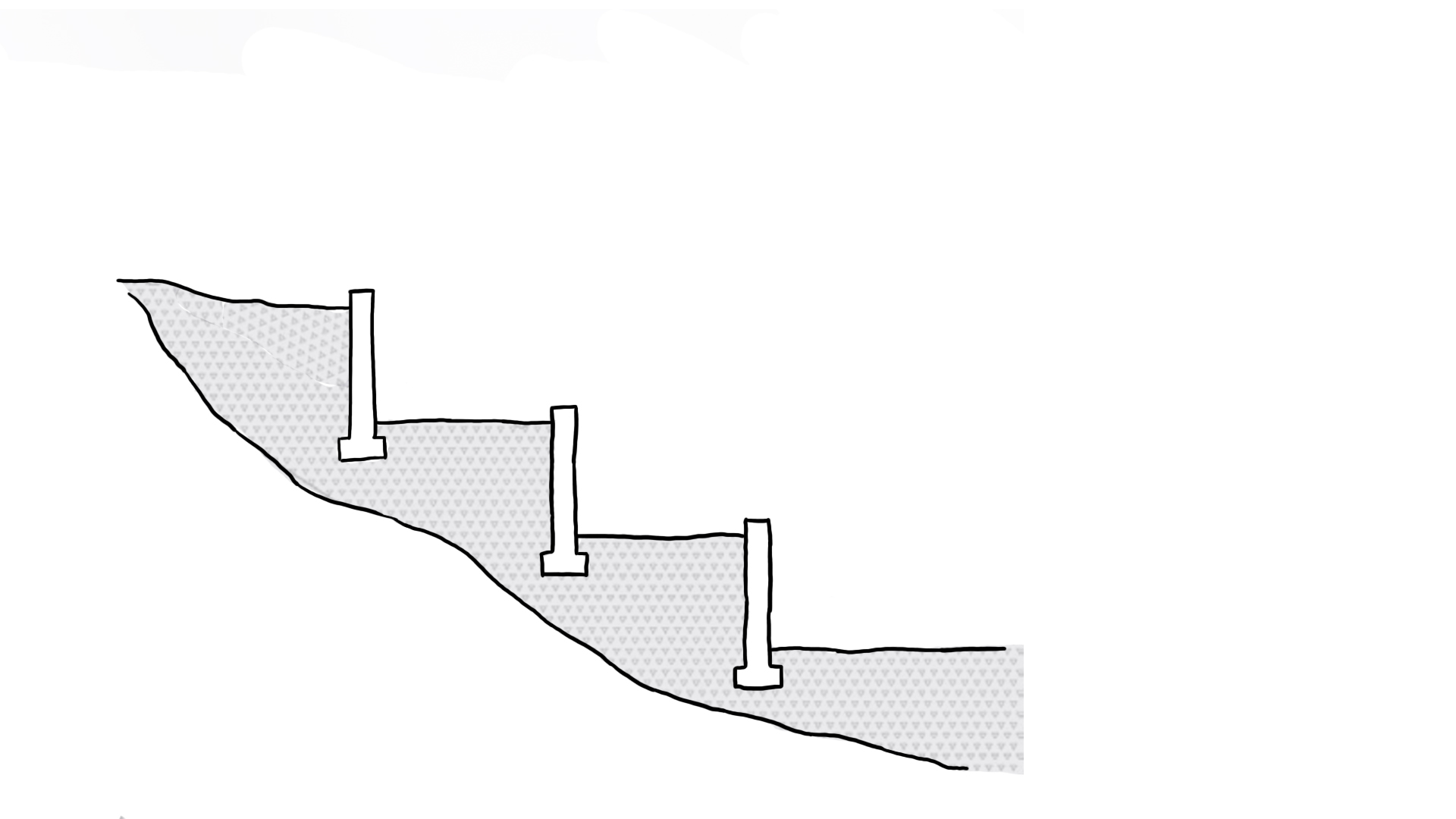
Retaining structures located in seismic regions are subject to static soil pressures that are increased by dynamic effects. Where a structure also retains water, or any other fluid for that matter, the structural design process includes hydrodynamic pressures. Various types of retaining walls resist horizontal soil pressure.
Gravity walls
They rely on their self-weight to resist sliding and overturning actions from the soil. Reinforced soil walls use the weight of backfill to mobilize friction forces along buried reinforcement, either consisting of long corrosion-protected steel strips or plastic geogrids. They connect to precast-facing panels or modular blocks that the compacted backfill bears against.

Tieback walls
They withstand horizontal pressures by ground anchors grouted into the soil or rock behind any potential slip surfaces. Alternatively, natural ground can be reinforced by soil nailing. Soil nails are similar in principle to ground anchors, but they comprise more closely-spacedsingle-grouted steel rods that are not prestressed.

Cantilever Walls
The resistance mechanism of cantilever walls is quite different. The horizontal thrust of the soil induces bending moments and shear forces in the relatively thin walls. They cantilever above the foundations that transfer the bending and shear actions to the soil beneath them. If the wall consists of a series of vertical ribs


